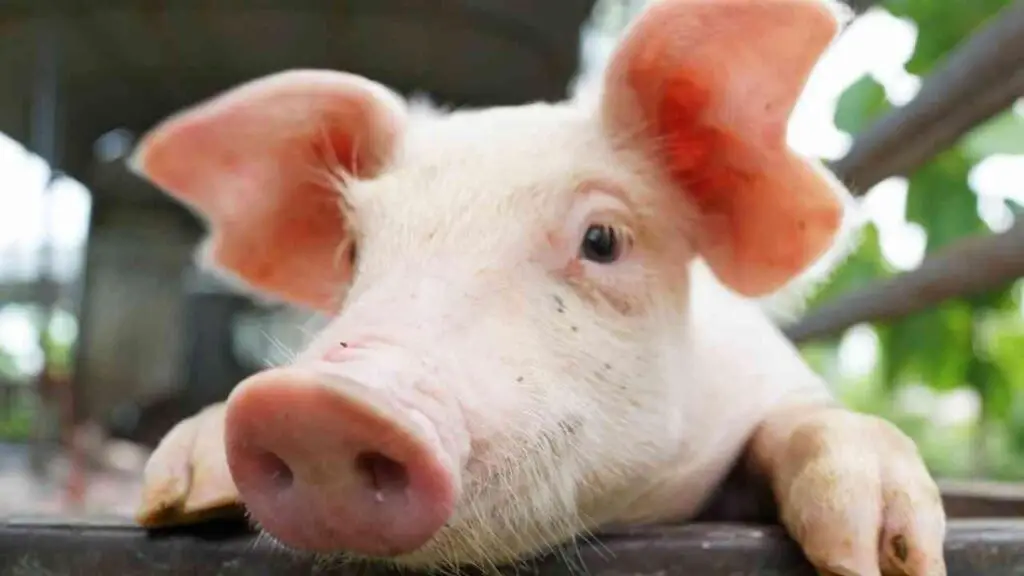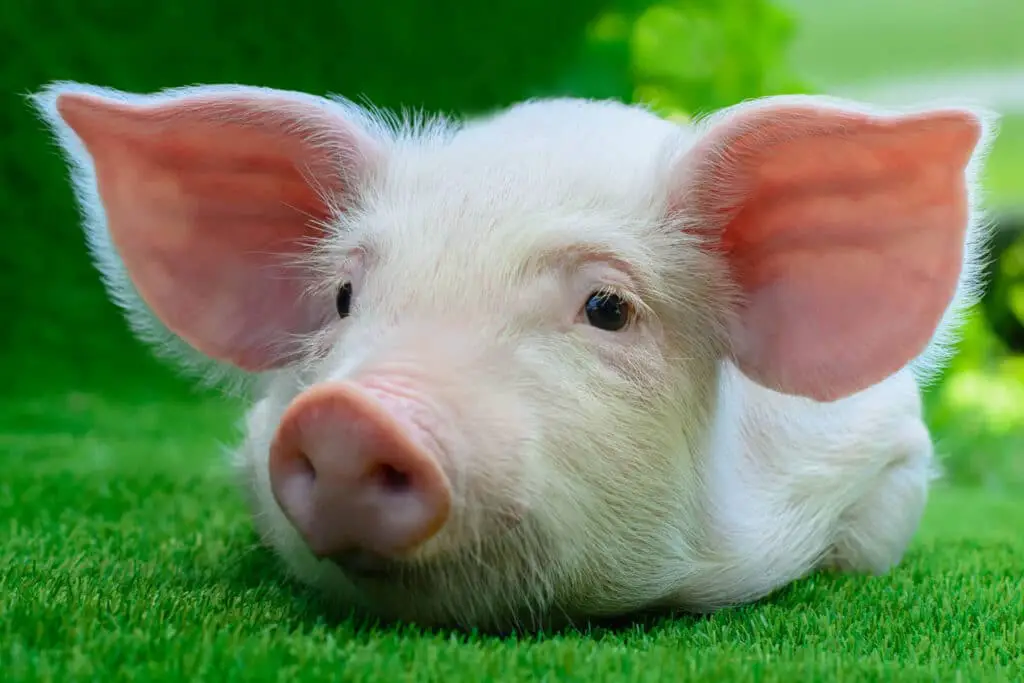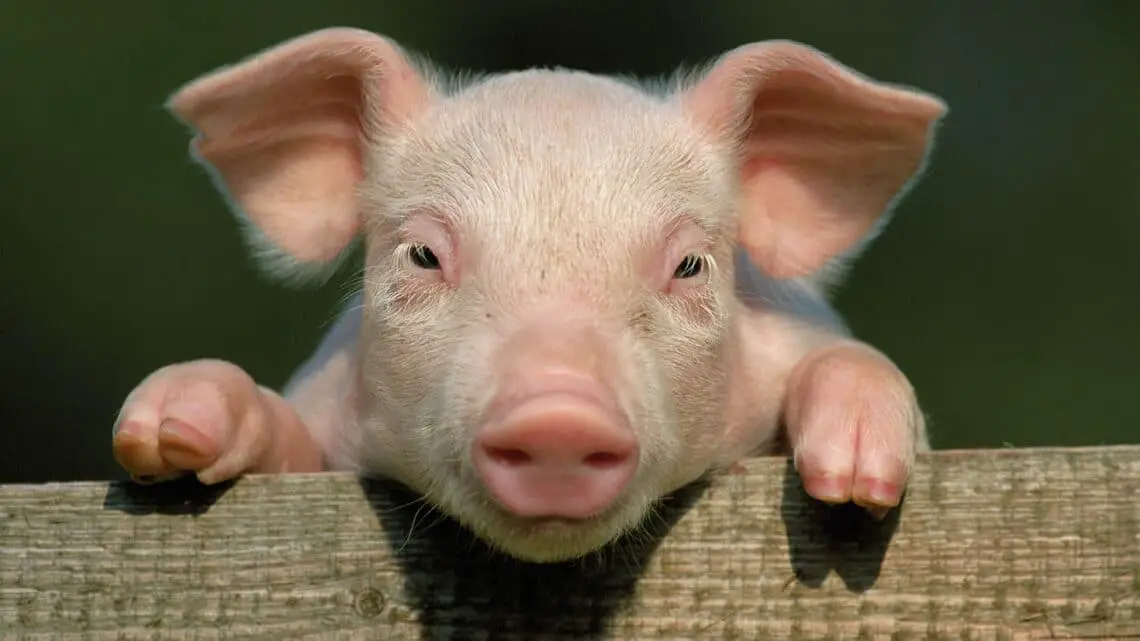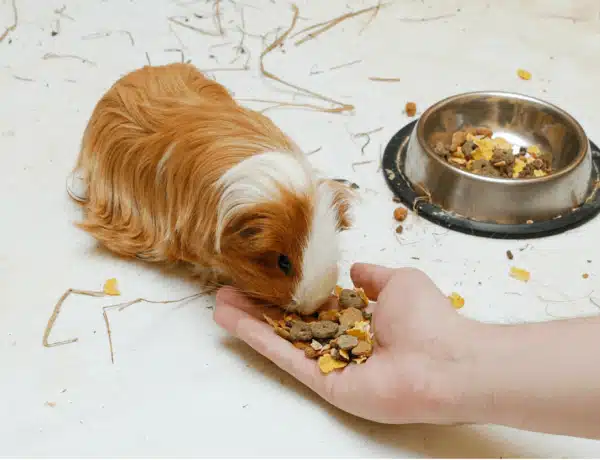Introduction
What Sound Does A Pig Make: The pig, an ubiquitous farm animal, has a distinct vocalization that has become synonymous with rural life. It is a sound that evokes images of rolling green pastures, red barns, and the rustic charm of the countryside. Indeed, the stereotypical representation of a pig’s vocalization in popular culture is a comical “oink oink.” The reality is far more nuanced and fascinating. Pigs onions, like humans, are capable of a wide range of vocalizations, each serving a specific purpose and revealing aspects of their behavior and emotional state. That a pig’s vocal repertoire extends beyond the iconic oink to include grunts, squeals, and even purrs. Each of these sounds carries unique information, from signaling hunger and contentment to expressing distress or alarm.
The sounds that pigs make, we must also consider the context in which they occur. Pigs are highly social and intelligent animals, and their vocalizations play a crucial role in communication within the herd. Whether it’s a mother comforting her piglets, two pigs engaged in a friendly exchange, or the warning cries of a startled pig, these sounds valuable insights into the intricate social dynamics and emotions of these remarkable creatures.
The study of pig sounds goes beyond mere curiosity. It has practical implications for farmers and researchers, as understanding pig vocalizations can help improve animal welfare, identify health issues, and enhance the overall management of pig populations. So, embark on this journey into the world of pig sounds, we will not only satisfy our curiosity but also gain a deeper appreciation for the remarkable language of these underestimated animals.

Do pigs grunt?
“We decided to focus on pigs because they are very vocal,” said animal behaviorist Elodie Briefer of the University of Copenhagen in Denmark, who co-led the study published last week in the journal Scientific Reports. “They grunt all the time.”
Mother-Piglet Communication: Mother pigs, or sows, use grunting to communicate with their piglets. When a sow grunts softly, it is a sign of comfort and reassurance, indicating to her piglets that all is well. Piglets, in turn, may respond with their own soft grunts as they nurse.
Feeding Time: Pigs are highly motivated by food, and grunting can be a way for pigs to communicate their anticipation and excitement during mealtime. It serves as a signal to other pigs that there is food nearby, and it can help establish feeding hierarchies within the group.
Social Interactions: Pigs also grunt during various social interactions. When two pigs are engaged in a friendly interaction, such as play or grooming, grunting can be a sign of contentment and relaxation. However, grunts can become more intense and aggressive when pigs are in conflict, indicating tension or a struggle for dominance.
Stress or Discomfort: Conversely, when a pig is experiencing stress, pain, or discomfort, its grunts may become louder, more frequent, and more intense. These distress calls are a clear indicator that something is amiss and require attention from caregivers or farmers.
What does pig speak?
Generally people associate pigs with the sound ‘oink. ‘ I have never actually heard a pig do this though. I have heard them grunt, snort, and squeal. Perhaps that’s the closest description to the squealing noise they make.
Grunting: Grunting is one of the most common sounds associated with pigs. It can serve multiple purposes, from expressing contentment during rest to signaling excitement or anticipation, especially when it’s mealtime.
Squealing: Pigs use squeals to convey heightened emotions such as excitement, distress, or fear. Piglets, in particular, are known for their high-pitched squeals when they seek their mother’s attention or are in discomfort.
Roaring: Adult male pigs, known as boars, can emit deep and resonant roars. Roaring is associated with aggression or territorial behavior, and it can be used to establish dominance within a group.
Purring: Pigs also engage in purring, a soft, rhythmic sound, associated with relaxation and contentment. Sows may purr while nursing their piglets, creating a soothing atmosphere.
Is pig sound loud or soft?
Grunting: Usually the noise a mother pig makes when feeding her young. There are loud grunts and soft grunts. Each has a different meaning. Barking: A warning of danger nearby OR this can mean your pig is having fun.
Contentment and Comfort: Pigs can produce soft and gentle sounds when they are in a state of contentment and comfort. This includes low-frequency grunts and purring-like noises. For example, a pig lying down and grunting softly might be expressing its relaxation and well-being. These sounds are typically not loud and convey a sense of tranquility.
Mother-Piglet Communication: When mother pigs, known as sows, communicate with their piglets, their vocalizations are usually gentle and soothing. These sounds are designed to reassure piglets and create a sense of safety and comfort. The goal is to keep the piglets calm and minimize stress, so the sounds are intentionally soft.
Feeding Time Excitement: Pigs are highly motivated by food, and during mealtime, they can produce moderate-volume sounds to express their excitement and anticipation. These sounds are usually characterized by rhythmic grunts and may increase in volume as pigs become more eager for their meal.
Social Interactions: When pigs engage in social interactions, such as playing or grooming, their sounds can vary in volume. While they are not deafeningly loud, these interactions may involve moderate-volume grunts and squeals, which serve to communicate their emotional states and social intentions to one another.
What is pig grunt?
Grunt is Pig’s interactive shell. It enables users to enter Pig Latin interactively and provides a shell for users to interact with HDFS. To enter Grunt, invoke Pig with no script or command to run.
Mother-Piglet Communication: Grunting is especially prominent in the interactions between mother pigs, known as sows, and their piglets. When a sow grunts softly, it is a sign of comfort and reassurance, indicating to her piglets that all is well. Piglets, in turn, may respond with their own soft grunts as they nurse. This mutual grunting helps create a bond of trust and security between mother and offspring.
Feeding Time: Pigs are highly motivated by food, and grunting occurs enthusiastically during mealtime. Pigs may produce grunting sounds to signal to other herd members that there is food nearby. These grunts can help establish feeding hierarchies within the group and coordinate mealtime behavior.
Social Interactions: Grunting is also a part of various social interactions among pigs. When two pigs are engaged in a friendly exchange, such as play or grooming, grunting can be a sign of contentment and relaxation. These sounds indicate that the pigs are enjoying each other’s company and are at ease in their social group.
Do pigs have a voice?
Pig larynx can oscillate from 100 to 300 Hz with large amplitude and loud intensity, but most with large frequency jitter. Histological studies have suggested a closer similarity of its LP to the human vocal folds than canine.
Grunting: Grunting is one of the most common and versatile vocalizations among pigs. It can convey comfort, contentment, excitement, and even distress. Grunts vary in intensity and rhythm, offering nuanced information about a pig’s emotional state.
Squealing: Pigs use squeals to express heightened emotions, such as excitement, distress, or fear. Piglets, in particular, are known for their high-pitched squeals when seeking their mother’s attention or experiencing discomfort.
Roaring: Adult male pigs, known as boars, can emit deep and resonant roars. Roaring is associated with territorial behavior and aggression, allowing boars to establish dominance within a group.
Purring: Pigs also engage in purring-like sounds, indicating relaxation and contentment. Sows may purr nursing their piglets, creating a soothing atmosphere.
Why do pigs chirp?
“The sounds they make convey a wide range of information such as the emotional, motivational and physiological state of the animal. For example, squeals are produced when pigs feel fear, and may be either alerting others to their situation or offering assurance.
Hunger: Chirping indicates hunger and signals to the mother sow that the piglets need to nurse. Sows recognize the specific chirping patterns of their own piglets, allowing them to locate and nurse their young.
Navigation: Piglets are born blind and rely on sound and scent to find their way to their mother’s teats. Chirping helps them orient themselves and locate the source of milk.
Bonding: The act of chirping and nursing fosters bonding between piglets and their mother. The sow may respond to chirping by grunting softly, providing comfort and reassurance to her piglets.
Stress or Discomfort: Pigs may produce high-pitched, rapid sounds when they experience stress, discomfort, or pain. This can occur in response to various factors, such as abrupt changes in their environment, handling, or health issues.
Why do we grunt?
The groan or grunt after a brief physical effort is either the sudden release of pent-up air through the glottis – the space between the vocal cords – or an attention-seeking device to show that we can still stand up without help.
Breath Control: Grunting during physical exertion helps control and regulate the flow of breath. It assists in maintaining steady and controlled breathing patterns, which is crucial for managing effort and avoiding overexertion.
Focus and Concentration: Grunting can also serve as a form of concentration and focus. It helps individuals synchronize their movements with their breath, enabling them to better coordinate their efforts and perform challenging tasks more efficiently.
Pain Management: Grunting during intense physical activities may also have a pain-relieving effect. It is believed that the act of vocalizing can trigger the release of endorphins, our body’s natural painkillers, helping individuals endure discomfort during demanding tasks.
Frustration or Displeasure: Sometimes, grunting can express frustration or displeasure with a situation. It may occur when individuals encounter obstacles, challenges, or setbacks. This type of grunting can serve as a non-verbal way of communicating discontent.
What animal grunts like a pig?
The Double-crested Cormorant makes deep, guttural grunts that sound a bit like an oinking pig. They grunt when taking off or landing, or during mating or aggressive displays, but otherwise are generally silent.
Wild boars, close relatives of domestic pigs, are known for their distinctive grunting sounds. These grunts are deep and resonant, especially in adult males. Wild boars use grunting to communicate within their social groups, establish dominance, and express various emotions, including aggression and excitement. These grunts are crucial for maintaining social cohesion among the members of a wild boar herd.
Hogs, which include various species like the warthog and bushpig, also produce grunting sounds. Warthogs, for example, emit grunts that serve as social signals within their groups. These grunts can convey information about their mood, readiness to mate, or the presence of potential threats. Hogs use grunting to maintain group cohesion and navigate their challenging environments.
Tapirs, large herbivorous mammals found in Central and South America and Southeast Asia, are known for their low-frequency grunts. These grunts are typically used for communication among tapirs, especially during encounters with potential mates or when marking their territory. Tapirs have a keen sense of smell and use vocalizations to signal their presence to others in the area.
Deer, including species like whitetail deer and mule deer, produce grunting sounds during their breeding season, known as the rut. Male deer, called bucks, emit deep grunts to attract females and establish dominance over rival males. These grunts are part of their courtship rituals and play a crucial role in the mating process.

Conclusion
A diverse vocal repertoire, and their sounds serve as a window into their social dynamics, emotions, and overall well-being. One takeaway from our journey into the world of pig sounds is the of context. Pig sound like humans, don’t express themselves through a single universal sound. They adapt their vocalizations to different situations and emotions. From the gentle purring of a content pig to the high-pitched squeals of piglets seeking their mother’s attention, each sound carries its own significance. That animals, even those we might consider “farm animals,” have complex inner lives that are worth exploring and understanding.
Gained a newfound appreciation for the intelligence and social nature of pigs. Their ability to communicate with one another through sounds reflects their close bonds within the herd and their capacity for empathy. The maternal grunts of a sow comforting her piglets, the friendly exchanges between companions, and the alarm calls in response to perceived threats all showcase the depth of their emotional connections.
Beyond the intrinsic value of understanding pig sounds, there are practical implications to consider. Farmers and researchers can benefit from this by using pig vocalizations as a tool for monitoring animal health and welfare. Identifying distress calls early, for instance, can help prevent and address issues that might otherwise go unnoticed. This, in turn, can lead to more humane and efficient pig farming practices.





No Comments